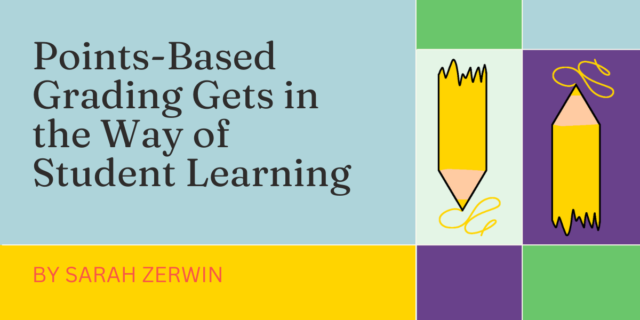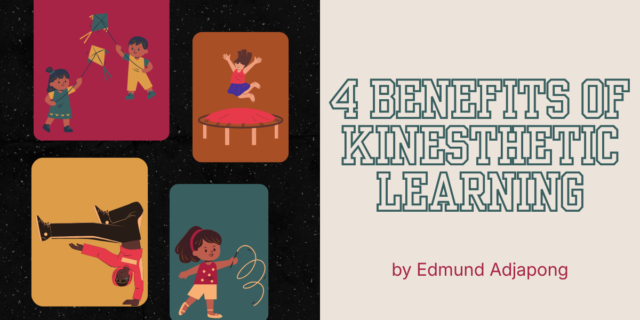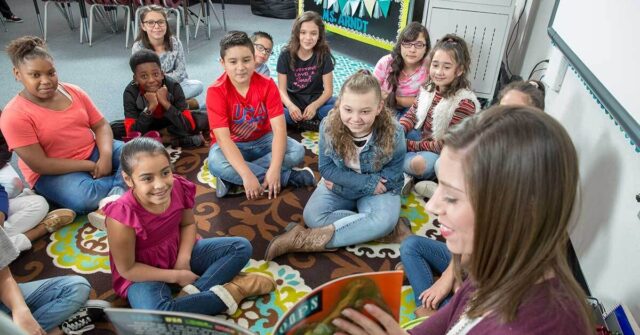
Classroom assessment data has become a cornerstone for driving effective instruction. Schools at every level (elementary, middle, and high school) are increasingly adopting data-driven approaches to enhance student learning outcomes. This shift reflects a trend away from standardized testing and towards more formative and summative assessments that provide meaningful, actionable insights for educators.
Understanding the Role of Assessment
When used purposefully, assessments can transform the instructional process by offering a clear snapshot of what students know, what they need to learn, and how best to support their educational journey. The goal is to have a strategic approach to assessment that helps teachers transition quickly and seamlessly to instruction informed by data.
By understanding and utilizing assessment data, teachers can create a more responsive and supportive learning environment that meets their students' diverse needs. When used effectively, assessment data can inform and transform instruction in any classroom.
The primary purpose of assessment is to gather data that informs teaching and learning. By systematically collecting and analyzing student data, educators can dig into students’ understanding, skills, and progress. This information is essential for several reasons:
Guiding Instruction
Assessments provide detailed information about what students know and can do, helping teachers plan and deliver targeted instruction. By understanding students’ current performance levels, teachers can tailor their lessons to address specific needs and close learning gaps.
Monitoring Progress
Ongoing assessments allow teachers to track student progress over time. This continuous monitoring helps educators identify trends in learning, measure the effectiveness of instructional strategies, and make necessary adjustments to support student growth.
Identifying Strengths and Weaknesses
Assessments help pinpoint areas where students excel and areas where they struggle. This information is crucial for providing differentiated instruction and targeted interventions that cater to each student's unique needs.
Engaging Students
When students receive regular feedback from assessments, they become more engaged in their learning. Assessments provide opportunities for students to reflect on their progress, set goals, and take ownership of their educational journey.
Communication
Assessment data is valuable for communicating with parents, administrators, and policymakers. It provides a transparent and evidence-based view into student performance and instructional effectiveness, supporting accountability and continuous improvement efforts.
As teachers better understand the purpose and power of assessment, they can leverage data more effectively to create responsive and supportive learning environments.
Practical Strategies to Use Assessment Data
Effective use of assessment data is essential for supporting student success. Having practical strategies to lean on helps teachers use assessment data to make purposeful instructional decisions. Here are several strategies that can help teachers leverage assessment data effectively in the classroom:
Identifying Student Needs
- How to Do It: Analyze assessment data to pinpoint specific areas where students need support. Look for patterns in incorrect responses and identify common misconceptions.
- Example: A teacher notices that a significant number of students are consistently making errors in multiplication problems. This insight leads to a review session focused on multiplication strategies.
- Benefit: By identifying and addressing learning gaps early, teachers can provide targeted support to help students overcome challenges and build a strong foundation.
Differentiating Instruction
- How to Do It: Use assessment data to group students by skill level and provide differentiated instruction tailored to each group’s needs.
- Example: In a reading class, the teacher uses flexible grouping based on students’ reading fluency data. Each group receives instruction that matches their current reading level—with more advanced texts for proficient readers and more foundational practice for emerging readers.
- Benefit: Differentiated instruction ensures all students receive appropriate challenges and support, promoting equity and improving overall learning outcomes.
Setting Learning Goals
- How to Do It: Utilize assessment data to set specific, measurable, achievable, relevant, and time-bound (SMART) learning goals for students.
- Example: After a diagnostic assessment, a teacher sets a goal for each student to improve their reading comprehension score by 10% over the next month. Progress is monitored through weekly formative assessments.
- Benefit: Setting clear learning goals helps students stay motivated and focused, providing a roadmap for their academic progress and fostering a sense of achievement when goals are met.
Providing Targeted Interventions
- How to Do It: Implement targeted interventions based on assessment data to support students who need additional help.
- Example: A math teacher uses benchmark assessment data to identify students who are below proficiency in algebra. To help these students catch up, they are given extra tutoring sessions and access to online resources.
- Benefit: Targeted interventions provide the necessary support to help struggling students improve, ensuring that no student falls behind and all can succeed.
Tracking Progress and Adjusting Instruction
- How to Do It: Continuously monitor student progress through formative and interim assessments and adjust instructional strategies based on the data.
- Example: A teacher uses exit tickets at the end of each lesson to gauge student understanding. If the data shows that many students did not grasp the day’s concept, the teacher revisits the topic the next day with different teaching methods.
- Benefit: Regular monitoring and adjustment of instruction ensure that teaching methods remain effective and responsive to students’ needs, leading to better learning outcomes.
Engaging Students in the Assessment Process
- How to Do It: Involve students in analyzing their own assessment data and setting personal learning goals.
- Example: After a formative assessment, a teacher has one-on-one conferences with students to review their results and discuss areas for improvement. Students set their own goals and develop a plan to achieve them.
- Benefit: Engaging students in the assessment process fosters self-regulation, responsibility, and motivation. It helps students become active participants in their learning journey.
By implementing these strategies, teachers can maximize assessment data, turning it into a powerful tool for enhancing instruction and supporting student success. Each strategy offers a practical approach to using data in ways that directly benefit students and improve classroom outcomes.
Purposefully connecting assessment data to instructional practices can significantly improve student success. By incorporating different types of assessments—and using the results of assessments to make informed instructional decisions—educators can build a responsive learning environment optimized for their students’ needs.
Check out our Assessment & Intervention page for ideas and resources to support your classroom, school, and district.


